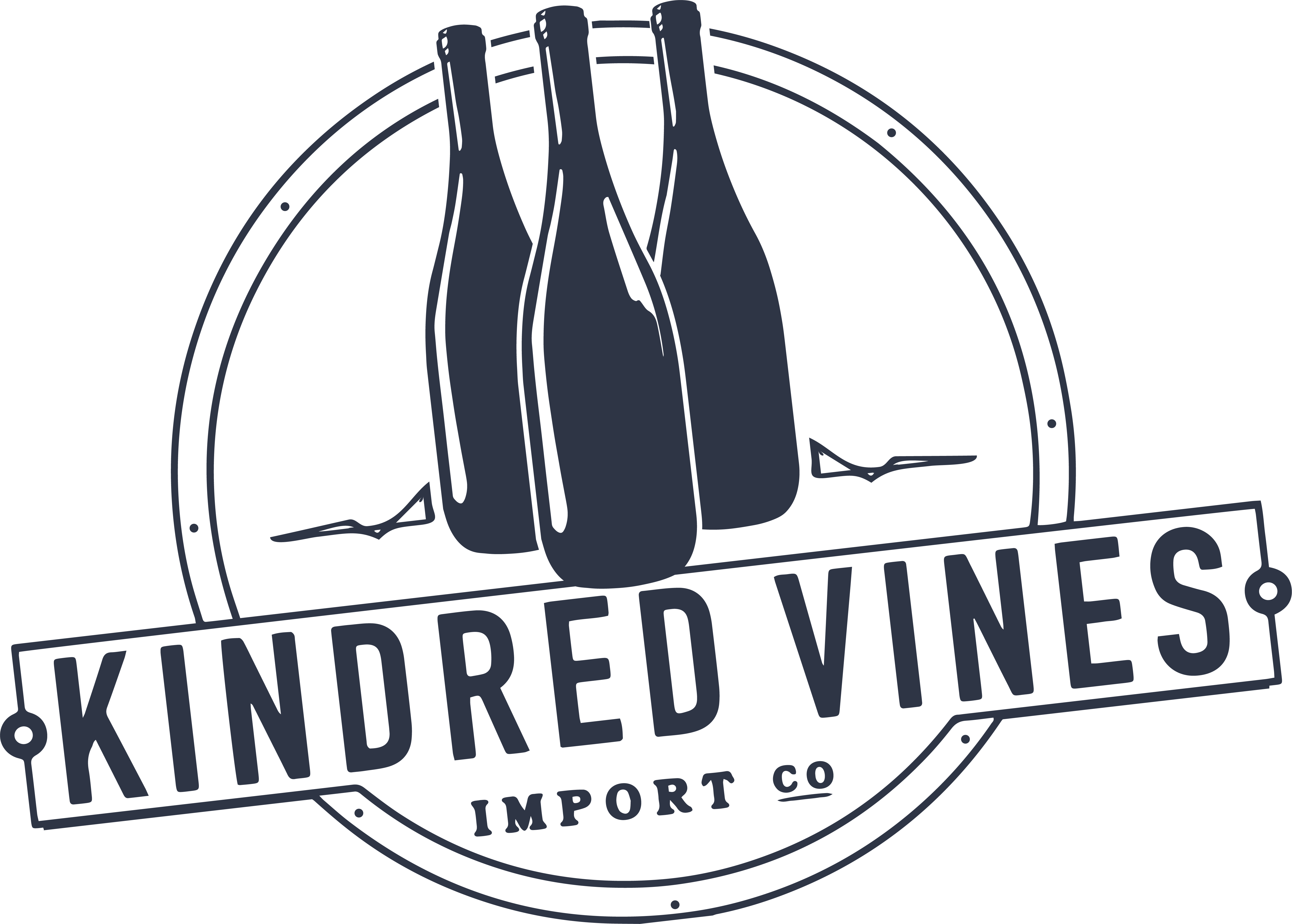| Country | France |
|---|---|
| Region | Rhone |
| Sub-Region | Die |
| Producer | Cave Poulet et Fils |
| Vintage | NV |
| Composition | 75% MUSCAT À PETITS GRAINS, 25% CLAIRETTE |
| Alcohol | 8% |
| Press | Silver Medal, 2021 Concours International des Vins de France de Mâcon. |
Poulet et Fils Clairette De Die “Tradition”
Product Enquiry
WINEMAKER NOTES
In wine terms, the Die area is included in the Rhône Valley region (though it doesn’t fit into either north or south categories); the town of Die is 50km (30 miles) southeast of Valence and the vineyards follow the Drôme River, a tributary of the Rhône. The vineyards are some of the highest in France (higher than most in Savoie, for example), lying between 400 and 700 meters with a climate that is a cross between semi-continental and semi-Mediterranean.
TASTING NOTES
Flowers and spring sunshine in the glass. The palate is notable for its fine mousse and flavors of creamy apple and stewed pears with dabs of lemon. Lovely, authentic, and elegant, this is a very good aperitif.
PAIRING SUGGESTIONS
Serve cold (8°C), share with friends as a pre-dinner drink or paired with a dessert such as a pear tart or a crème brûlée.
VINEYARD
Vines were planted in soils which are the product of thousands of years of erosion – a combination of chalky clays and sedimentary rocks in the craggy outcrops of glacial rock formations and the high cliff faces of the Alpine foothills.
VITICULTURE
Clairette de Die is an appellation known for sparkling white wines around the town of Die, in the low alpine foothills of the eastern Rhone Valley in France. It is one of only two sparkling wine appellations in the Rhone region.

